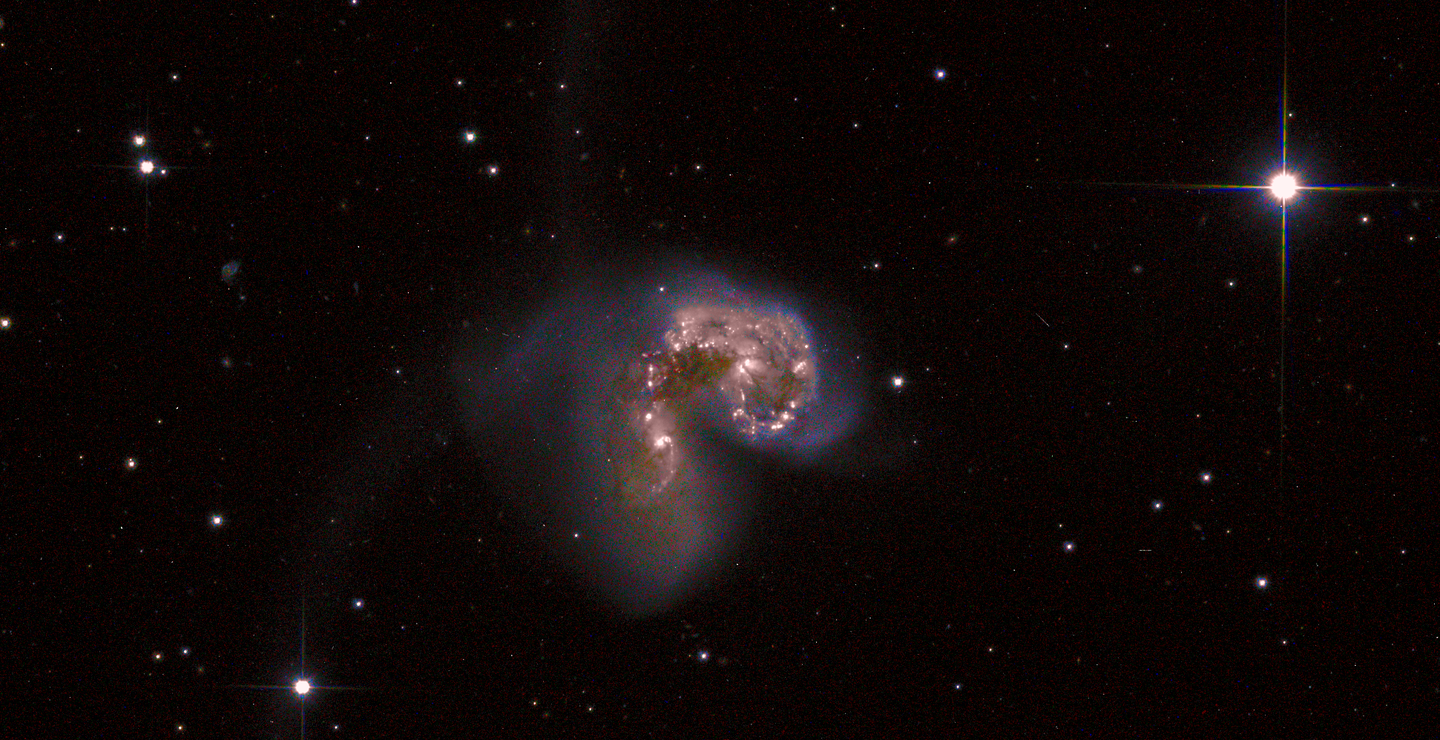SuperBIT is a wide-field (0.368 x 0.246 deg field-of-view) instrument operating in the visible-to-near-UV bands (300-900 nm) at a diffraction-limited resolution of 0.25 arc seconds. This requires 50 milliarcsecond image stability over the full field-of-view for integration periods ranging from 5-30 minutes. SuperBIT has demonstrated this wide field diffraction-limited capability in a series of single-night engineering test flights, and will perform its first science observations on a long duration mission from Wanaka, New Zealand. The data from this flight will provide measurements of strong and weak lensing that can be used to map out the distribution of dark matter around hundreds of galaxy clusters. Additionally, the SuperBIT platform is well suited for other proposed experiments related to solar planet spectroscopy and exoplanet studies.

The development, implementation, and launch of SuperBIT span a variety of technical disciplines and areas of expertise, some of which include:
- design of the science instruments and optics
- physical assembly/refurbishing of the telescope payload structure (i.e. the gondola)
- the design and implementation of electronics and real-time flight hardware
- high and low-level software development for pointing/stabilization and ground systems
- primary optical systems and back-end optics design, construction, and calibration
- target selection and scheduling/prioritization
SuperBIT's inaugural engineering flight took place during the September 2015 Campaign from the Timmins Stratospheric Balloon Base with the Canadian Space Agency (CSA) and Centre national d'etudes spatiales (CNES), with a subsequent engineering flights in 2016 and 2018 from NASA's Columbia Scientific Balloon Facility in Palestine, Texas, and in the final test flight in 2019 from Timmins, Ontario. SuperBIT successfully completed a forty day science flight in April/May 2023, demonstrating the capabilities of SuperBIT as a facility class instrument.
In addition to Princeton University, international collaborators for SuperBIT include the University of Toronto Physics and Astronomy Departments, the Dunlap Institute, and the Institute for Aerospace Studies (UTIAS), the Durham University Centre for Advanced Instrumentation (CfAI), the Jet Propulsion Laboratory (JPL-NASA), and international partnerships with North-West University and the University of KwaZulu-Natal (South Africa). Our multidisciplinary team includes astronomy, astrophysics, and engineering graduate students as well as leading experts in cosmology, experimental physics, and balloon-borne instrumentation.
News:


